🔎 Still searching for the perfect trip?
If you don’t see exactly what you’re looking for, check out our full list of trips to find your ideal adventure!
A wildlife safari with Cheesemans’ Ecology Safaris is a life-changing experience that brings you closer to nature while supporting ethical conservation efforts. Unlike traditional tours, we offer immersive, conservation-driven expeditions, extended wildlife observation, and small-group travel to maximize your experience in some of the world’s most breathtaking ecosystems.
Our upcoming trips range from the Antarctic to the Galápagos Islands, catering to various travel styles, including photography-focused safaris, conservation experiences, wildlife treks and jeep expeditions, cultural and adventure-based journeys, and marine wildlife and island voyages.
This guide will help you plan your ultimate wildlife safari with Cheesemans’ Ecology Safaris and create memories that will last a lifetime.
⬇️ KEEP SCROLLING TO LEARN MORE! ⬇️
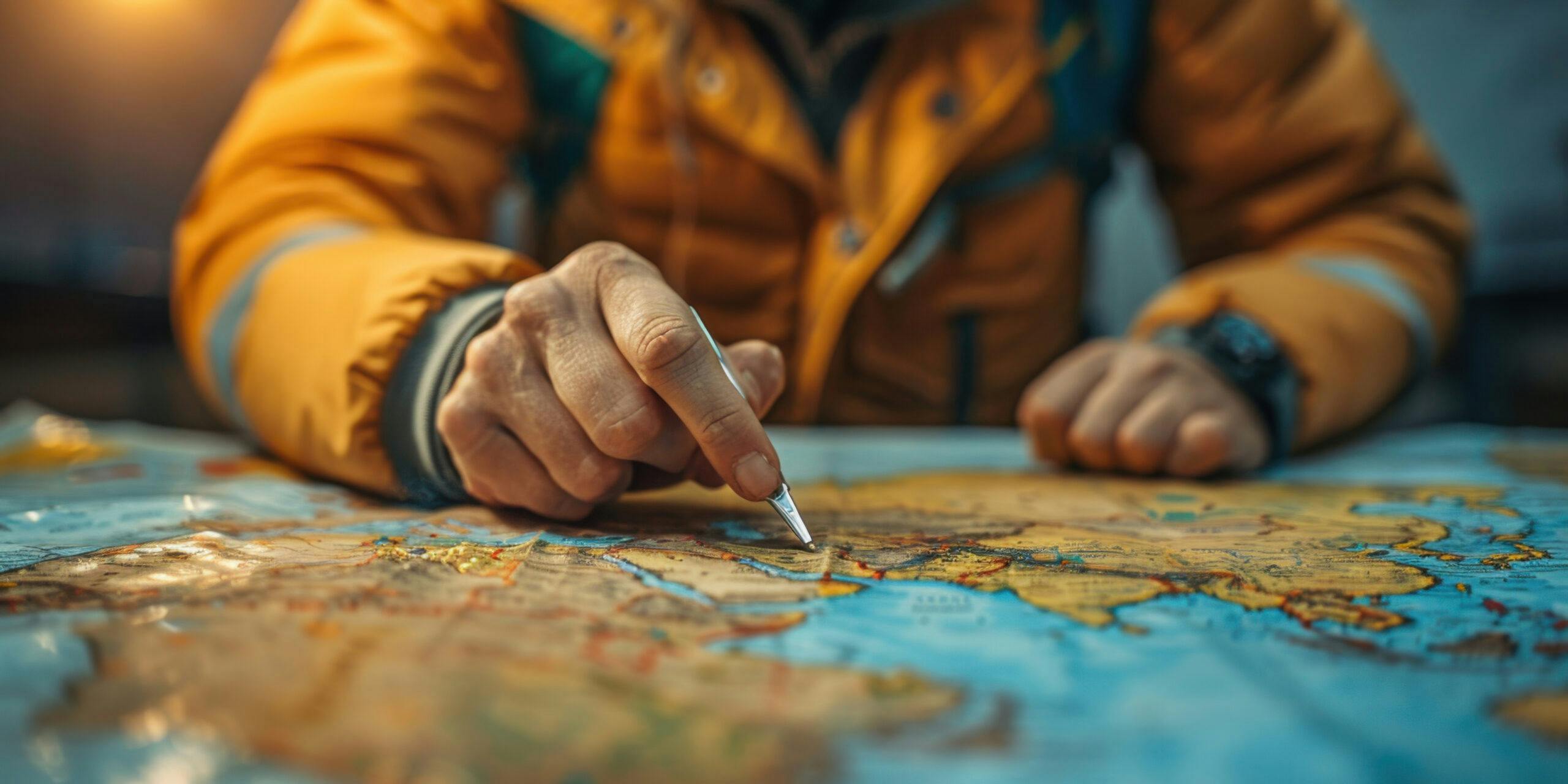
Choose the Best Destination
and Trip Type for You
Cheesemans’ offers expeditions to some of the most biodiverse and remote locations on the planet. Here’s a breakdown of top destinations by trip type to help you select the right adventure:
📸 Photography-Focused Safaris
From the geothermal wonders of Yellowstone in winter to the Arctic fjords of Norway’s Lofoten Islands, these safaris are designed to get you the perfect shot. Whether you’re capturing polar bears under Svalbard’s 24-hour daylight or the Northern Lights over Norway, each journey offers stunning landscapes and exceptional wildlife photography opportunities.
- Yellowstone National Park (January 2026): Private access via snowcoach and ample opportunities to photograph iconic geysers and wildlife like wolves, elk, and bison.
- Lofoten Islands, Norway (September 2025): Sail through the fjords of the Arctic to photograph breathtaking fall landscapes and witness the Northern Lights.
- Svalbard Islands: 24-hour daylight for polar bear photography in remote inlets and close encounters with seabird colonies.
🌟 PRO TIP: Watch a few online refresher photography videos before your trip or rent high-end lenses to enhance your images without purchasing expensive equipment.
🐅 Big Cat & Predator Safaris
Track the world’s most elusive predators in their natural domains. Spot tigers prowling through India’s jungles, witness lions and cheetahs in action during Tanzania’s Great Migration, or cruise through Brazil’s Pantanal in search of jaguars and giant river otters. These safaris put you at the heart of the hunt.
- India (February 2026): Search for tigers in Ranthambhore and Bandhavgarh, plus other iconic predators and wildlife.
- Tanzania (July 2025): Witness heart-stopping predator action during the Serengeti’s Great Migration, with lions, cheetahs, and leopards hunting wildebeest and gazelles.
- Brazil’s Pantanal (August 2025): Boat downriver in search of jaguars, ocelots, and giant river otters.
🌟 PRO TIP: Pack neutral-colored clothing to blend into the surroundings and avoid startling wildlife.
🌊 Marine Wildlife and Island Voyages
Embark on ocean adventures where marine life thrives. Snorkel with penguins and sea lions in the Galápagos, watch humpback whales breach in Antarctica and South Georgia, or experience the awe of swimming alongside humpback whales in their natural habitat.
- Galápagos Islands (May–June 2025 & 2026): Snorkel with penguins, sea lions, and rays while exploring Española Island’s rare Albatross nesting sites.
- Antarctica & South Georgia (October 2025): Observe some of the densest wildlife spectacles on the planet including large Penguin colonies during breeding season.
- Snorkeling with Humpback Whales (March 2026): Spend five days in close encounters with whales in their natural habitat.
🌟 PRO TIP: Waterproof dry bags and high-SPF sunscreen are essential on marine safaris to protect your equipment and skin.
🐾 Adventure and Trekking Safaris
Step off the beaten path for an immersive wildlife experience. Trek the Himalayas in search of snow leopards, follow private puma-tracking routes in Chile’s Torres del Paine, or explore Nepal’s jungles to find tigers, rhinos, and elephants. These safaris blend adventure with rare wildlife encounters.
- Snow Leopards in the Himalayas (February 2025 & 2026): Trek through Hemis National Park with expert trackers to spot the world’s most elusive big cat.
- Pumas in Torres del Paine, Chile (November 2025): Trek private puma-tracking routes and witness Andean Condors soaring above jagged mountain peaks.
🌟 PRO TIP: Train for your trek with hikes and strength training to maximize your stamina and comfort during your safari.
🌿 Conservation and Cultural Journeys
Combine wildlife exploration with cultural discovery and conservation impact. Encounter leopards and blue whales in Sri Lanka, support efforts to protect Madagascar’s critically endangered lemurs, or track desert-adapted elephants in Namibia’s rugged landscapes.
- Sri Lanka (Februar 2026): Encounter elusive leopards, sloth bears, and blue whales while exploring cultural landmarks like Sigiriya Rock Fortress.
- Madagascar (April 2025): Support local conservation efforts while seeking critically endangered lemurs and reptiles.
- Namibia (April 2026): Track desert-adapted elephants and rhinos in Damaraland and enjoy early access to the iconic Sossusvlei Dunes.
🌟 PRO TIP: Ask about opportunities to meet with local researchers or community conservation leaders to deepen your understanding of each region.
🌳 Birdwatching Adventures
For avid birders, these safaris offer access to some of the world’s richest avian hotspots. Costa Rica is a birding hotspot with over 800 bird species, experience a festival of tanagers in Colombia, or witness mass raptor migrations in Panama. Each journey is a paradise for bird lovers.
- Colombia (July 2025): Witness vibrant Cock-of-the-rock Leks and attend a “festival of Tanagers.”
🌟 PRO TIP: Bring high-quality binoculars with at least 8x magnification for the best birdwatching experience.
Packing Essentials for Your Safari
Packing wisely ensures you stay comfortable, safe, and fully prepared to make the most of your wildlife safari with Cheesemans’ Ecology Safaris. The right gear enhances your ability to observe wildlife, navigate diverse terrains, and adapt to changing weather conditions. Here’s some of what you’ll need:
✅ Neutral-colored, moisture-wicking clothing – Blend into natural surroundings while staying cool in warm climates and warm in cooler regions.
✅ Durable hiking boots or lightweight trail shoes – Essential for walking safaris, jungle treks, and uneven terrains.
✅ High-quality binoculars (8x or 10x magnification) and a telephoto camera lens – Get a closer view of distant wildlife without disturbing their natural behavior.
✅ Sunscreen, insect repellent, and reusable water bottles – Protect yourself from the sun, insects, and dehydration in remote areas.
✅ Compact travel gear – Pack a headlamp for night walks, a field notebook for journaling wildlife sightings, and a portable charger for cameras and phones.
✅ Waterproof bags or dry sacks – Protect electronics and important gear during boat rides, rain showers, or humid conditions.
✅ Multi-purpose scarf or buff – Useful for sun protection, warmth, or even as a dust filter during game drives.
More Expert Travel Tips
For an even deeper dive into essential safari gear, how to dress for different environments, and expert advice on what to bring (and what to leave behind), check out our detailed blog post:
📖 Top Travel Tips for 2025: What to Pack and How to Prepare →
🌟 PRO TIP: Break in your hiking boots before your trip to avoid blisters, and pack a few extra memory cards for your camera—you won’t want to miss capturing any magical wildlife moments!
Local Workers Digging a Well© Imvelo Safari Lodges
African Elephants at Watering Hole© Imvelo Safari Lodges
Uganda - Shopping at Local Women's Collective© Adam Walter
Galapagos Conservation © Cheesemans' Ecology Safaris
Travelers in Briefing © Adam Walter
Travelers Engaging with Park Staff© Patti Collins
Ethical Wildlife Tourism: Responsible Travel Practices
At Cheesemans’ Ecology Safaris, we believe that wildlife tourism should actively contribute to conservation, not just observation. Our safaris are designed to minimize environmental impact while maximizing education, ethical encounters, and support for local conservation efforts. By following responsible travel practices, you help protect the incredible ecosystems and species you come to see.
How to Travel Responsibly on Safari
🌱 Observe from a Distance – Avoid disturbing animals or altering their natural behavior. Use binoculars and telephoto lenses instead of getting too close, and never attempt to touch or feed wildlife.
🌍 Leave No Trace – Dispose of waste responsibly, stick to designated trails, and use refillable water bottles to reduce plastic waste. Many of our safaris visit fragile ecosystems where even small actions can have a big impact.
💚 Support Conservation Efforts – Many Cheesemans’ trips directly fund wildlife protection initiatives, anti-poaching programs, and local conservation organizations. Your safari experience contributes to preserving these incredible places for future generations.
✅ Choose Eco-Friendly Lodging – We partner with eco-conscious lodges that prioritize sustainability, renewable energy, and local community engagement.
✅ Respect Local Cultures – Many of our trips include opportunities to engage with indigenous communities and local conservationists. Supporting their traditions and respecting cultural guidelines enhances your experience and strengthens local conservation efforts.
📸 Ethical Photography – When photographing wildlife, use silent shutters when possible, avoid flash photography, and prioritize the well-being of the animal over getting the perfect shot.
Our Commitment to Conservation
For over 40 years, Cheesemans’ Ecology Safaris has been dedicated to wildlife conservation, education, and responsible travel. Many of our expeditions provide direct financial contributions to on-the-ground research and conservation projects.
🔎 Learn more about how we support conservation and how you can get involved:
➡️ Cheesemans’ Conservation Efforts
🌟 PRO TIP: Before your trip, research the conservation status of the species you’ll encounter. Understanding the challenges they face makes your experience even more meaningful and can inspire ways to support their protection long after your safari ends.
Book Early to Secure Your Spot
A wildlife safari with Cheesemans’ Ecology Safaris is an unforgettable experience, but with small-group travel and exclusive access to remote destinations, spots are limited and fill quickly—often 6 to 12 months in advance. Booking early ensures you don’t miss out on your dream expedition and also provides several key advantages:
✅ Secure Your Spot – With limited spaces available per expedition, early booking guarantees your place on the trip before it sells out. Popular destinations like Antarctica, Tanzania, and the Galápagos often reach full capacity months ahead of departure.
✅ Save on Airfare – Flights to remote destinations fluctuate in price, and early reservations help secure better rates and more convenient routes. Many airlines release discounted fares 10–11 months in advance, making early planning a smart financial move.
✅ Plan Visas and Vaccines – Some of our destinations, such as India, Brazil, and Uganda, require visas and vaccinations, which can take time to arrange. Booking early gives you ample time to complete travel requirements stress-free.
✅ Prepare for Physical Readiness – Certain trips, like our Snow Leopard Trek in the Himalayas or Madagascar rainforest expeditions, involve high-altitude hiking or challenging terrain. Early booking allows time to build fitness and acclimate before your adventure.
✅ Gear Preparation – Wildlife expeditions require specialized optics, clothing, and photography equipment. Booking early gives you time to research, test, and acquire the best gear for your trip.
📆 Upcoming Expeditions Are Selling Fast!
Many of our 2025 and 2026 trips are already filling up. Whether you’re planning a trek through the Arctic, a big cat safari in Africa, or a birdwatching expedition in Central America, now is the time to reserve your spot!
🔎 Explore upcoming expeditions and secure your place today ➡️
🌟 PRO TIP: Join Cheesemans’ mailing list to receive early alerts on new trips, limited-time discounts, and priority booking opportunities before spots fill up!

Keep the Adventure Going
A wildlife safari with Cheesemans’ Ecology Safaris is more than just a trip—it’s a transformative experience that deepens your connection to nature, conservation, and fellow travelers. But the journey doesn’t have to end once you return home. There are many ways to keep the adventure alive while giving back to the places and wildlife you encountered.
📸 Share Your Experience & Stay Connected
One of the most rewarding parts of your journey is reliving and sharing your experiences. We offer Google Photo Sharing for all our trips, so you can easily upload, organize, and exchange photos and videos with your travelmates. Whether you captured an incredible wildlife moment, a breathtaking landscape, or a special group memory, sharing these images can inspire others to explore and protect these fragile ecosystems.
📌 Join your trip’s shared Google Photos album to:
✅ Upload and exchange photos with your fellow travelers.
✅ See perspectives and wildlife moments you might have missed.
✅ Relive the experience and keep the adventure alive!
🌿 Support Conservation & Give Back
Your safari has a lasting impact, and you can extend that impact by directly supporting conservation organizations that work tirelessly to protect the places you visited. Cheesemans’ actively partners with and donates to various wildlife conservation initiatives—many of which you’ll learn about during your trip.
Ways to get involved:
✅ Donate to conservation groups that protect the species and habitats you visited.
✅ Volunteer for wildlife or ecological research programs.
✅ Raise awareness about responsible wildlife tourism and ethical travel practices.
🔎 Learn more about our conservation partners and how you can help:
➡️ Cheesemans’ Conservation Efforts
🌍 Plan Your Next Adventure
Once you’ve experienced the magic of a Cheesemans’ safari, it’s hard to stop exploring! Many of our travelers return year after year, seeking new destinations and wildlife encounters. Whether you want to track polar bears in the Arctic, snorkel with humpback whales, or embark on another big cat safari, planning your next expedition ensures you always have an exciting journey ahead.
🔎 Explore upcoming trips and start planning your next wildlife adventure today ➡️
🌟 PRO TIP: Stay in touch with your guides and fellow travelers! Many of our guests form lifelong friendships, reuniting on future safaris or collaborating on conservation efforts.
Start Planning Your Wildlife Safari Today!
With Cheesemans’ Ecology Safaris, your wildlife safari will be an unforgettable, conservation-focused journey. Take the first step toward your dream adventure today!
So, take the leap—explore, learn, and make a difference. Your next unforgettable journey with Cheesemans’ Ecology Safaris awaits!
🚀 Explore trips & book now:
Explore Our Expeditions | Contact Us for Assistance
Plan Your Next Adventure:
Discover the Untouched Wilderness of Bhutan
Bhutan, the mystical “Land of the Thunder Dragon,” is a haven of towering Himalayan peaks, lush valleys, and centuries-old monasteries. For nearly three weeks, our guests embarked on an unforgettable expedition, immersing themselves in Bhutan’s spectacular birdlife, vibrant culture, and breathtaking landscapes. From the revered Black-necked Cranes of Phobjikha Valley to the iconic Tiger’s Nest Monastery, each day was a new chapter in a journey woven with natural wonder and spiritual heritage.
Key Experiences from the Bhutan Trip
- Spotted the rare Black-necked Cranes in the breathtaking Phobjikha Valley
- Hiked to the legendary Tiger’s Nest Monastery, perched on a dramatic cliffside
- Explored Jigme Dorji National Park, home to exotic birds and elusive wildlife
- Journeyed through Dochu La Pass for stunning Himalayan panoramas
- Witnessed the critically endangered White-bellied Heron along pristine rivers
- Experienced Bhutanese culture with visits to ancient dzongs and monasteries
- Discovered the vibrant birdlife of Thrumsingla National Park, from hornbills to pheasants
“The length of the trip gave us time to travel the whole country. The combination of birding and cultural aspects was excellent and the guides fulfilled both roles to a ‘T’.
Hishey was an excellent guide and his positive attitude was contagious. Sharing meals with his family on several occasions was also a welcoming feature.” -Candy McManiman
Setting Off for Bhutan
The adventure began with flights to Bangkok, Thailand, where guests enjoyed a restful night before their early morning departure to Bhutan. Anticipation ran high as they prepared to explore one of the world’s most pristine and remote destinations.

Paro to Thimphu
Flying into Paro International Airport was an adventure in itself. As the aircraft maneuvered through the towering Himalayas, guests marveled at the snow-capped peaks before descending into Bhutan’s lush valleys. Upon arrival, they were warmly welcomed by their expert guide, Hishey Tshering, a seasoned birder with a deep passion for Bhutan’s biodiversity.
The scenic drive to Thimphu, Bhutan’s capital, offered the first glimpses of the country’s natural beauty—rolling hills, fluttering prayer flags, and traditional Bhutanese architecture. That evening, guests settled into their cozy hotel, savoring a traditional welcome meal and a briefing on the incredible journey ahead.
Exploring Bhutan’s Natural and Cultural Wonders
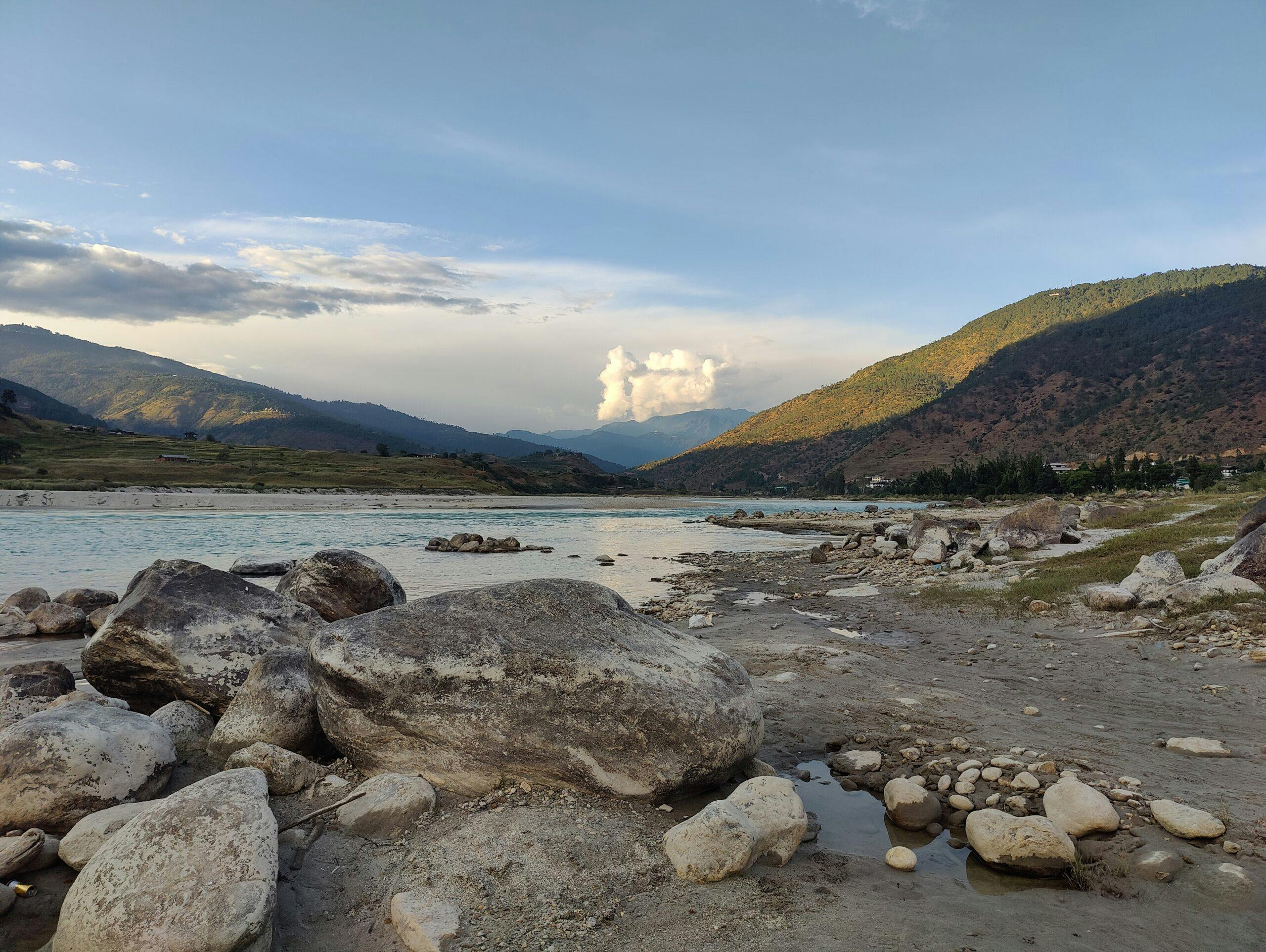
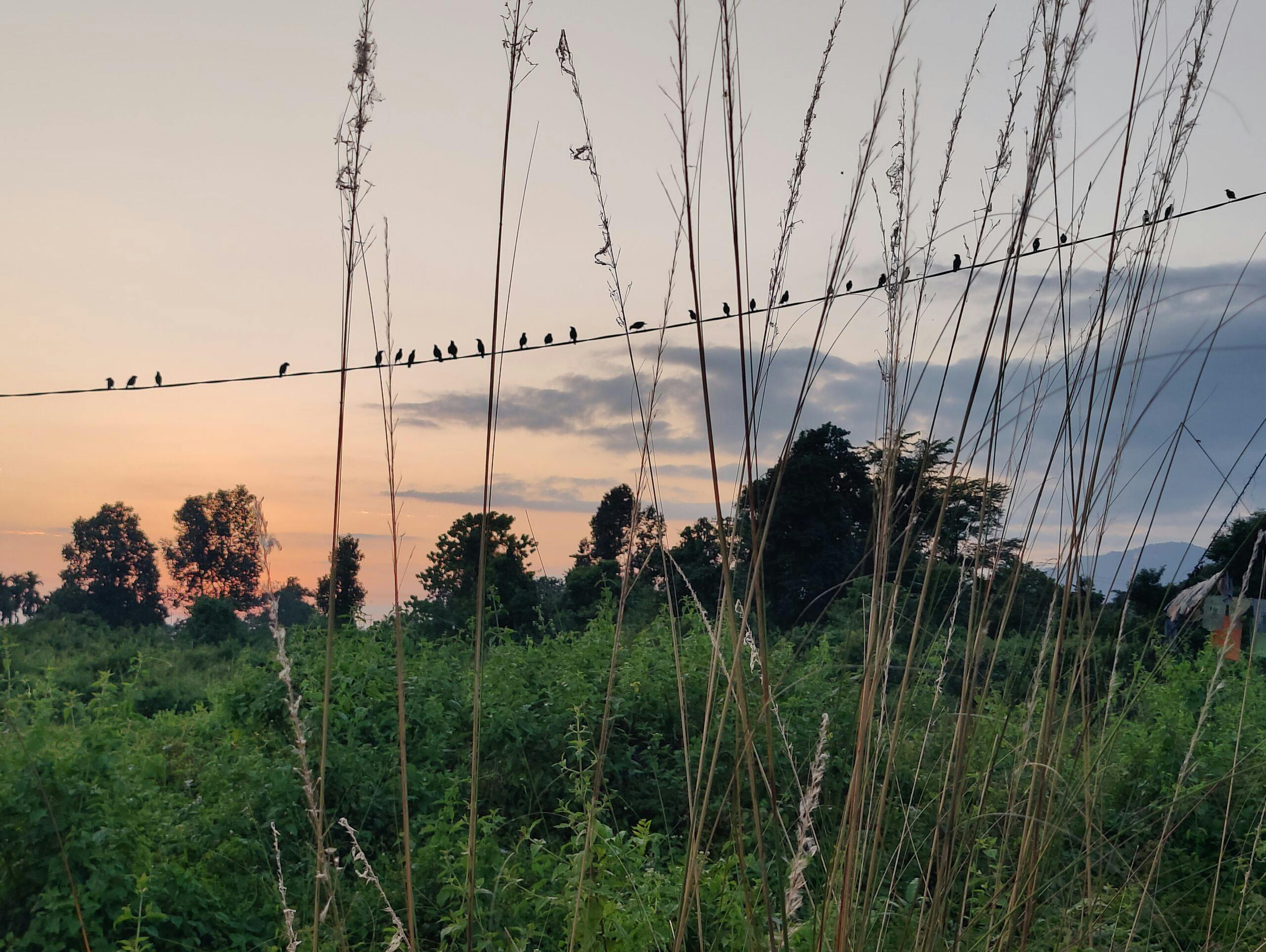
Thimphu & Jigme Dorji National Park
In Thimphu, guests explored Bhutanese culture through visits to a traditional paper-making workshop and a weaving center, where artisans preserved ancient techniques. At the takin reserve, they encountered Bhutan’s national animal, a peculiar goat-antelope hybrid found only in the Eastern Himalayas.
A day trip to Jigme Dorji National Park, Bhutan’s second-largest protected area, provided thrilling birding experiences, with sightings of the Crested Kingfisher and Rufous-bellied Woodpecker. Lucky visitors even spotted the elusive Yellow-rumped Honeyguide, a species uniquely adapted to feeding on rock bee honeycombs.
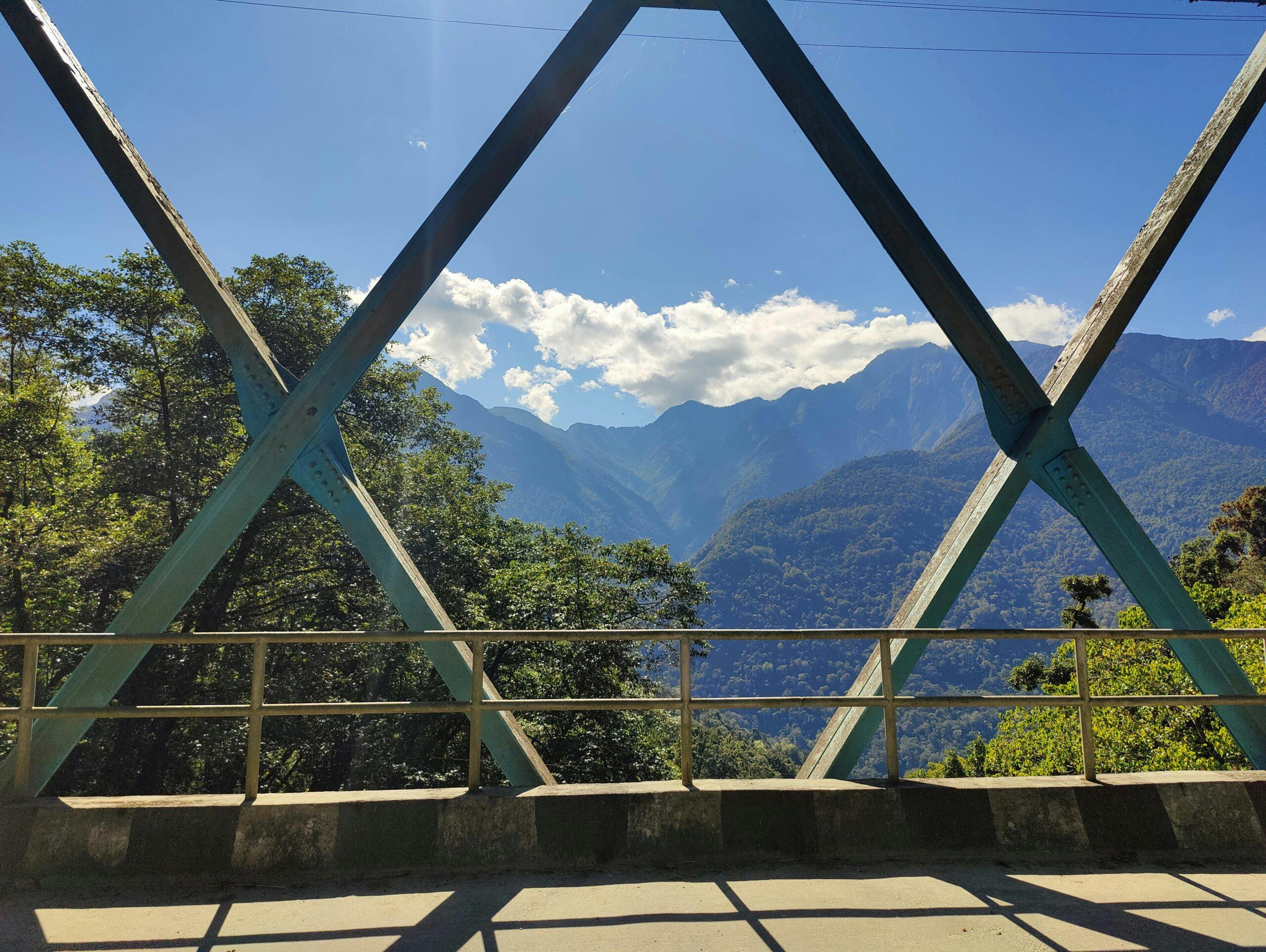
Central & Eastern Bhutan – Diverse Habitats and Rich Culture
Traveling eastward, guests ventured deeper into Bhutan’s wilderness, passing through Trongsa, Bumthang, Mongar, and Zhemgang—each region offering unique landscapes and birding opportunities.
In Trongsa, they explored Bhutan’s largest dzong, an architectural masterpiece overlooking a dramatic gorge. Continuing into Bumthang, guests wandered through blue pine forests teeming with Himalayan Griffons, Rosefinches, and Rufous-breasted Accentors. Lucky observers caught glimpses of the golden langur, an endemic primate found only in Bhutan and parts of India.
In Zhemgang, the group explored pristine subtropical forests, home to the Fire-tailed Myzornis, Blue-bearded Bee-eaters, and Golden Babblers. Encounters with the black giant squirrel and yellow-throated marten added excitement to the journey. Night drives in Thrumsingla National Park provided opportunities to spot elusive nocturnal species, including the leopard cat.
Zhemgang© Judy & Jim McTigue
Local Art© Judy & Jim McTigue
Monastery© Judy & Jim McTigue
Landscape© Judy & Jim McTigue
Traveler© Judy & Jim McTigue
Sultan Tit© Judy & Jim McTigue
Festival© Judy & Jim McTigue
Honeycomb© Lynn Salmon
Landscape© Judy & Jim McTigue
Gee's Golden Langur© Judy & Jim McTigue
Monks© Judy & Jim McTigue
Blue-throated Barbet© Judy & Jim McTigue
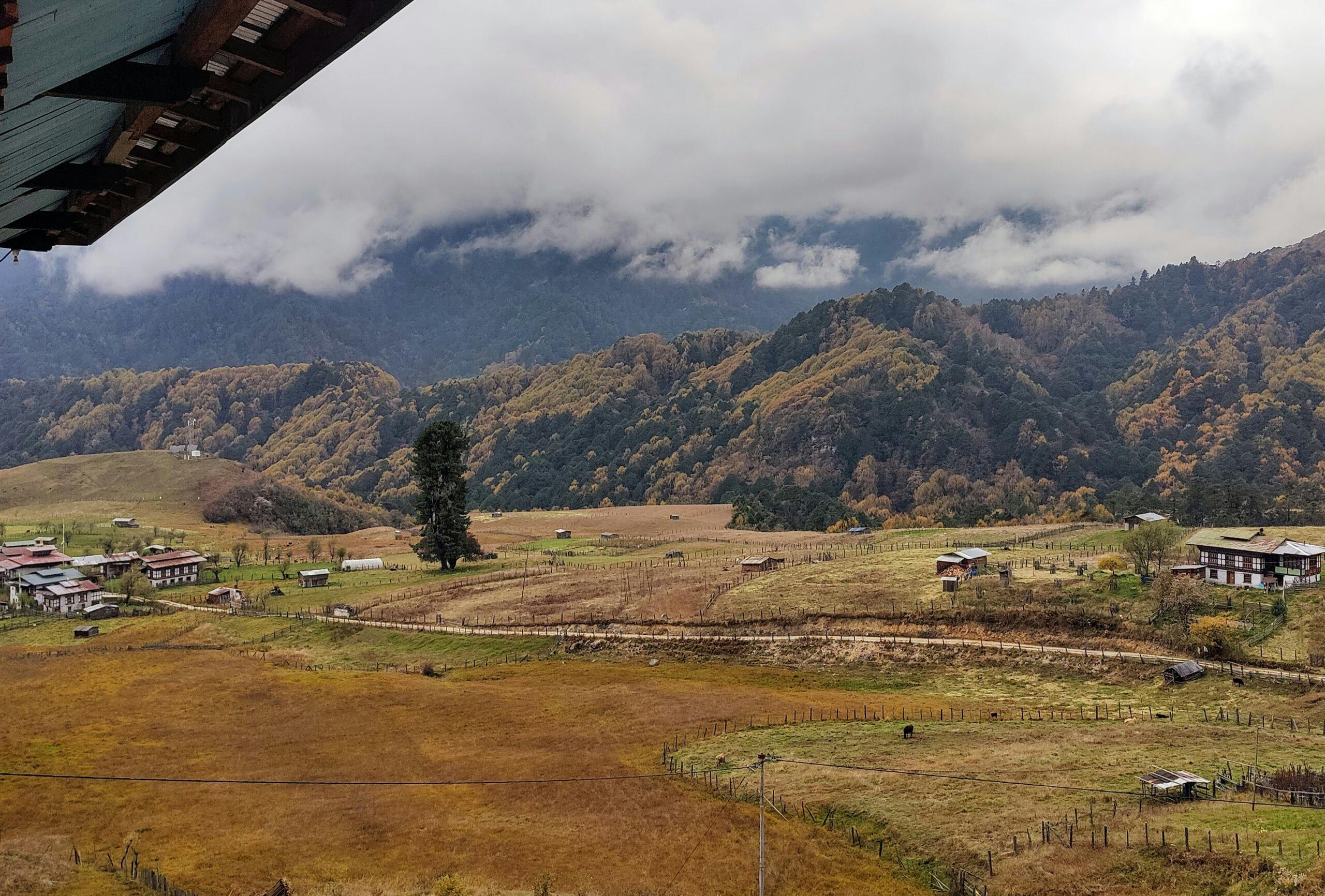
Phobjikha Valley – The Sacred Land of Cranes
Paro Valley & Tiger’s Nest Monastery
The journey concluded in Paro Valley, a region rich in history and wildlife. A drive up to Chele La Pass (nearly 13,000 feet) rewarded guests with panoramic mountain views and excellent birding opportunities.
A highlight of the trip’s finale was the hike to Tiger’s Nest Monastery (Paro Taktsang), an architectural marvel perched on a cliffside at over 10,000 feet. The trail wound through pine forests teeming with Assam macaques, offering a rare glimpse into Bhutan’s thriving ecosystem.
November 23 – 24: Farewell to Bhutan
With hearts full of memories, guests bid farewell to Bhutan, flying from Paro back to Bangkok. As the Himalayan peaks faded into the distance, they carried home stories of rare cranes, ancient monasteries, and encounters with Bhutan’s extraordinary wildlife—a journey unlike any other.
Your Next Adventure Awaits!
Bhutan and India share deep cultural and ecological connections, from the sacred Himalayan landscapes to the incredible biodiversity of their national parks. Just like Bhutan, India offers a mix of breathtaking mountain scenery, vibrant wildlife, and rich traditions. Guests who enjoyed Bhutan’s natural wonders will find India’s national parks equally captivating, with opportunities to spot tigers, elephants, and an astonishing array of bird species.